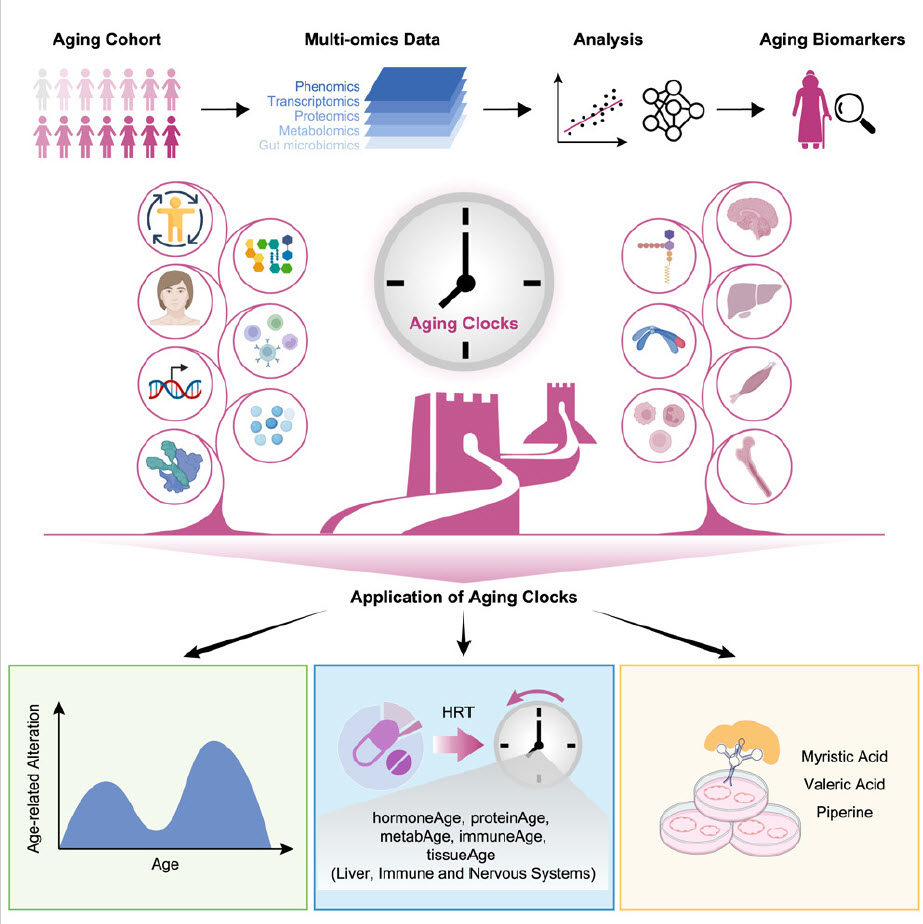A study published by Mukhopadhyay et al., 2023 investigates the long-term impact of subsurface drainage (SSD) on soil quality restoration and sugarcane productivity in waterlogged saline Vertisols in India. By using soil and water samples together with a farmer field survey, the authors showed that SSD significantly reduced soil salinity and improved various soil properties, leading to increased sugarcane yields by up to 585.5%. Farmers' perceptions indicated that SSD technology could substantially improve soil conditions and crop yields, and large-scale adoption of the technology will support the Sustainable Development Goals related to Land, No Poverty, and Zero Hunger in saline soils of India.
This paper supports SDG 3 and 13 by highlighting that China risks losing its health gains within a single generation if society fails to adapt to climate change, and effective adaptation strategies need to consider China’s urbanization trends, underlying non-communicable diseases, an aging population, and future pandemic threats.
This Series paper supports SDG 3 and 13 by synthesising data from 127 existing studies on various aspects of climate change, including the effects of different climate factors on a wide range of health outcomes, climate change awareness and engagement, adaptation strategies, and policy implementation in Vietnam.
This paper supports SDG 3 and 13 by examining published literature on climate and air quality driven health outcomes in Singapore, and discusses mitigating strategies.
Background: Hong Kong is among the many populations that has experienced the combined impacts of social unrest and the COVID-19 pandemic. Despite concerns about further deteriorations in youth mental health globally, few epidemiological studies have been conducted to examine the prevalence and correlates of major depressive episode (MDE) and other major psychiatric disorders across periods of population-level changes using diagnostic interviews. Methods: We conducted a territory-wide household-based epidemiological study from 2019 to 2022 targeting young people aged 15–24 years.
This study identifies a set of markers associated with aging in women, and uses them to create an "aging clock" that can measure a person's biological age. The clock reveals distinct aging patterns and suggests that hormone replacement therapy can slow down some aspects of aging.
This study proposes a diurnal heat risk assessment framework incorporating spatiotemporal air temperature and real-time population data.
This study analyses future changes in heat wave characteristics in India. Future projections show a four-to-seven-fold increase in heat wave frequency, providing a baseline for developing transformational heat-resilient policies and adaptation measures
This paper demonstrates incorporating state institutions, local and international charity organisations, and volunteers, to devise a bespoke approach to care provision using the available resources for people living with autism is a conflict ridden area.
This chapter advances the UN SDG goals 9 and 15 by reviewing how industry and infrastructure development can infringe on snow leopard habitat and how sustainable business drivers can encourage companies to engage in biodiversity conservation efforts.

